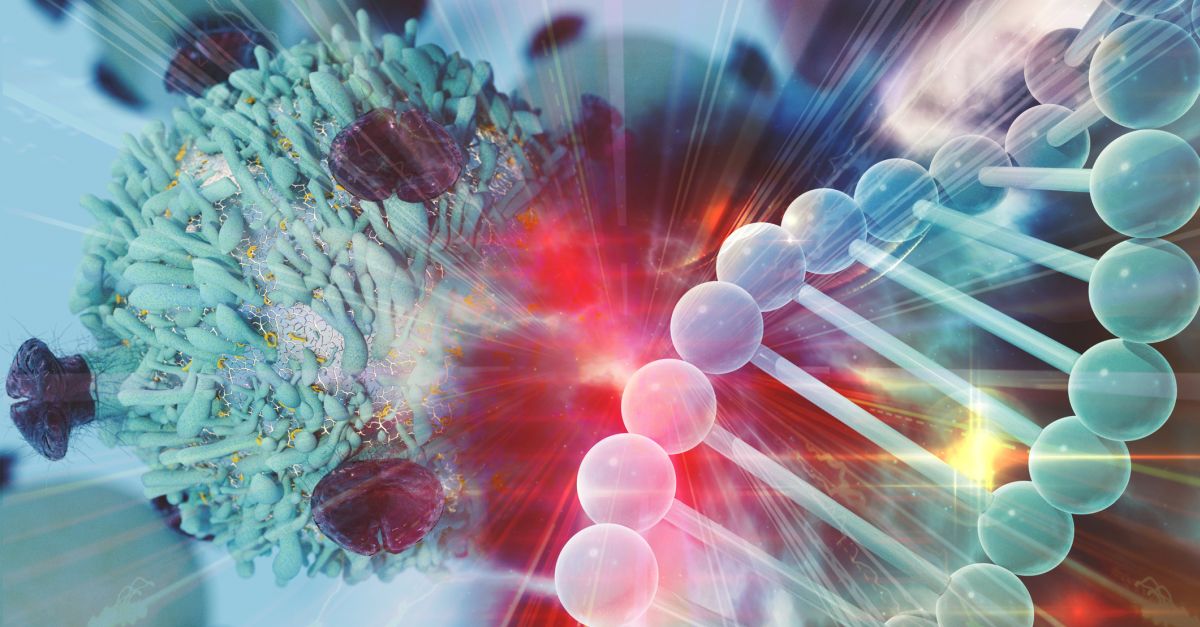The dawn of the cancer immunotherapy era has brought with it renewed hope in the treatment of patients with advanced tumors. While the immune checkpoint inhibitors have offered strong and durable cancer control to some patients, the reality is that not all patients benefit from these treatments. Many studies have included assessment of potential biomarkers for immunotherapy; only deficient mismatch repair (dMMR)/high microsatellite instability (MSI-H) and programmed cell death protein 1 ligand 1 (PD-L1) expression have been validated. A recent meta-analysis published in JAMA evaluated the role of PD-L1 positivity and high tumor mutation burden (TMB) as potential biomarkers for immunotherapy in patients with metastatic non-small cell lung cancer (NSCLC). Combining results from 14,395 patients with NSCLC treated with an immunotherapy, the combination of pembrolizumab and chemotherapy was found to have a robust survival benefit in the first-line setting. The benefit was greatest in patients with both PD-L1 expression and high TMB. The presence of tumor-infiltrating CD8+ T cells in tumors with these 2 biomarkers was associated with an additional increase in likelihood of clinical benefit.
High Altitude: Immune checkpoint inhibitors have emerged as important tools in the therapeutic repertoire. However, these agents are expensive and are associated with the potential for immune-related adverse events. Better identification of treatment candidates could improve both the benefit:risk ratio and value of these agents. Theoretically, an increase in tumor neoantigens could increase tumor immunogenicity, thereby increasing the potential of a successful anticancer immune response. In addition to dMMR/MSI-H, high TMB would be expected to result in an increase of tumor neoantigens. This correlates well with the other marker, PD-L1 expression, being a mechanism to silence the immune response to new antigens. Moreover, infiltration of cytotoxic T cells suggests that key players are poised to attack the tumor when the proverbial “brakes” are removed from the system. This study provides important insight that a combination of multiple known biomarkers can contribute to selection of optimal patients for immune checkpoint inhibitor therapy, at least in the NSCLC setting. Further studies are needed to validate these findings and to determine the relative contribution of each of these factors to the benefit:risk profile of immunotherapies in patients who are positive for only some of these markers.
Ground Level: Selecting the appropriate treatment for patients with NSCLC is an increasingly challenging process, as more immunotherapies and targeted therapies are approved across disease settings. While the results of this meta-analysis require verification in a prospective study, practicing oncologists may find the insights from this study valuable when facing difficult questions regarding how to sequence treatments and prioritize therapy in patients with NSCLC.

